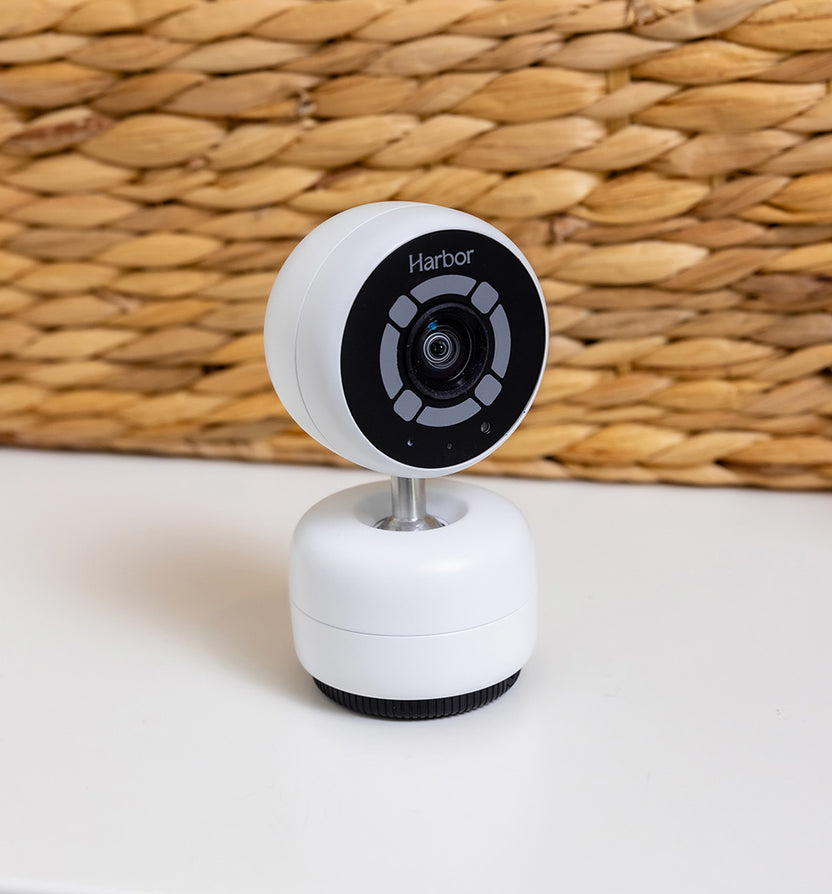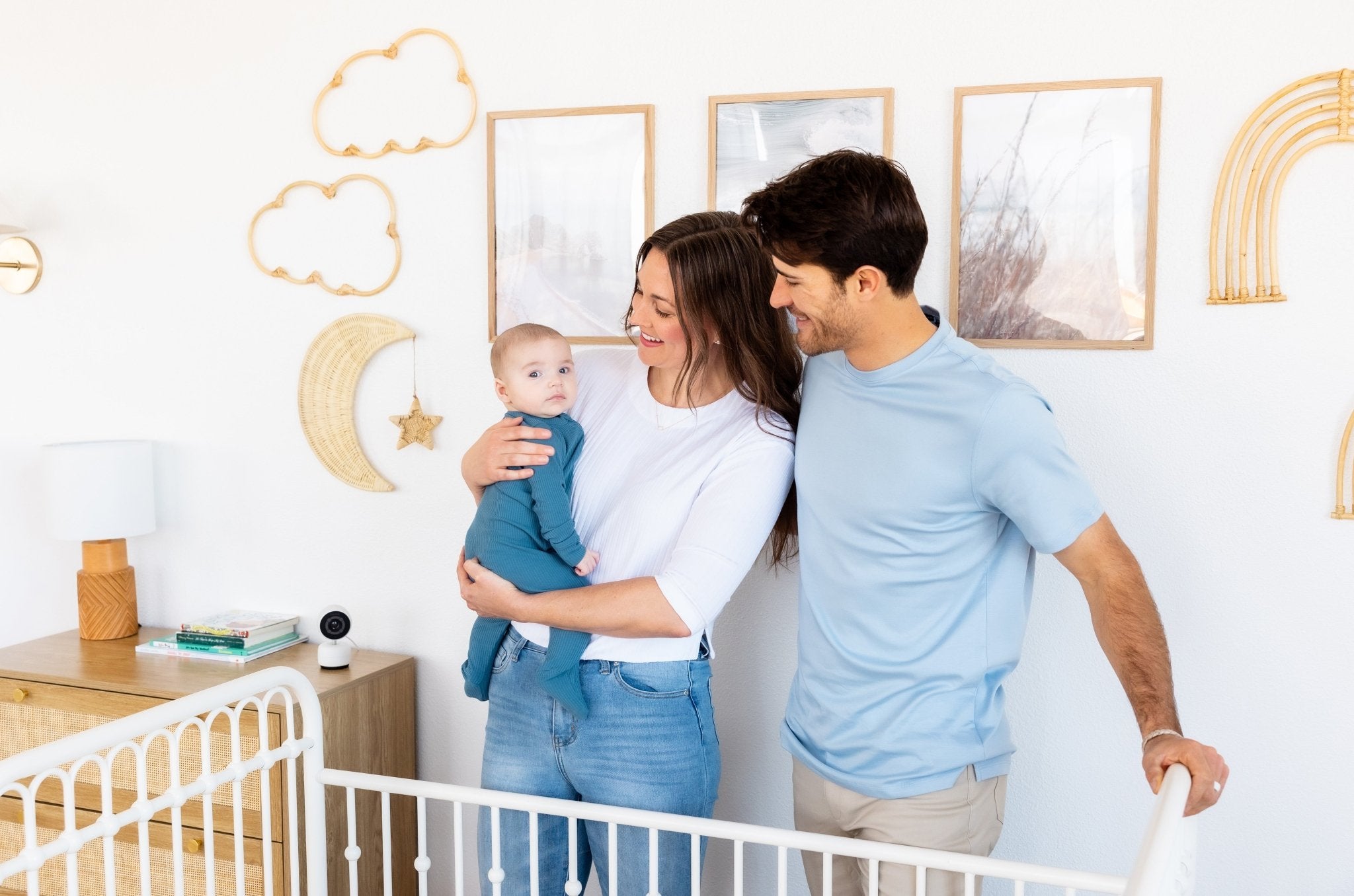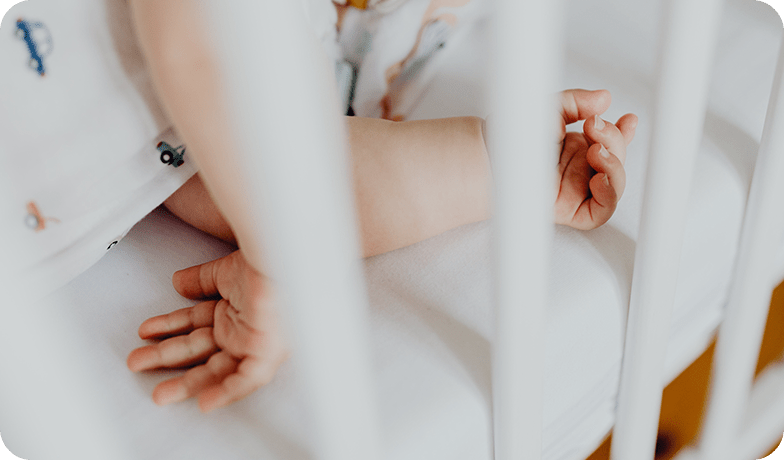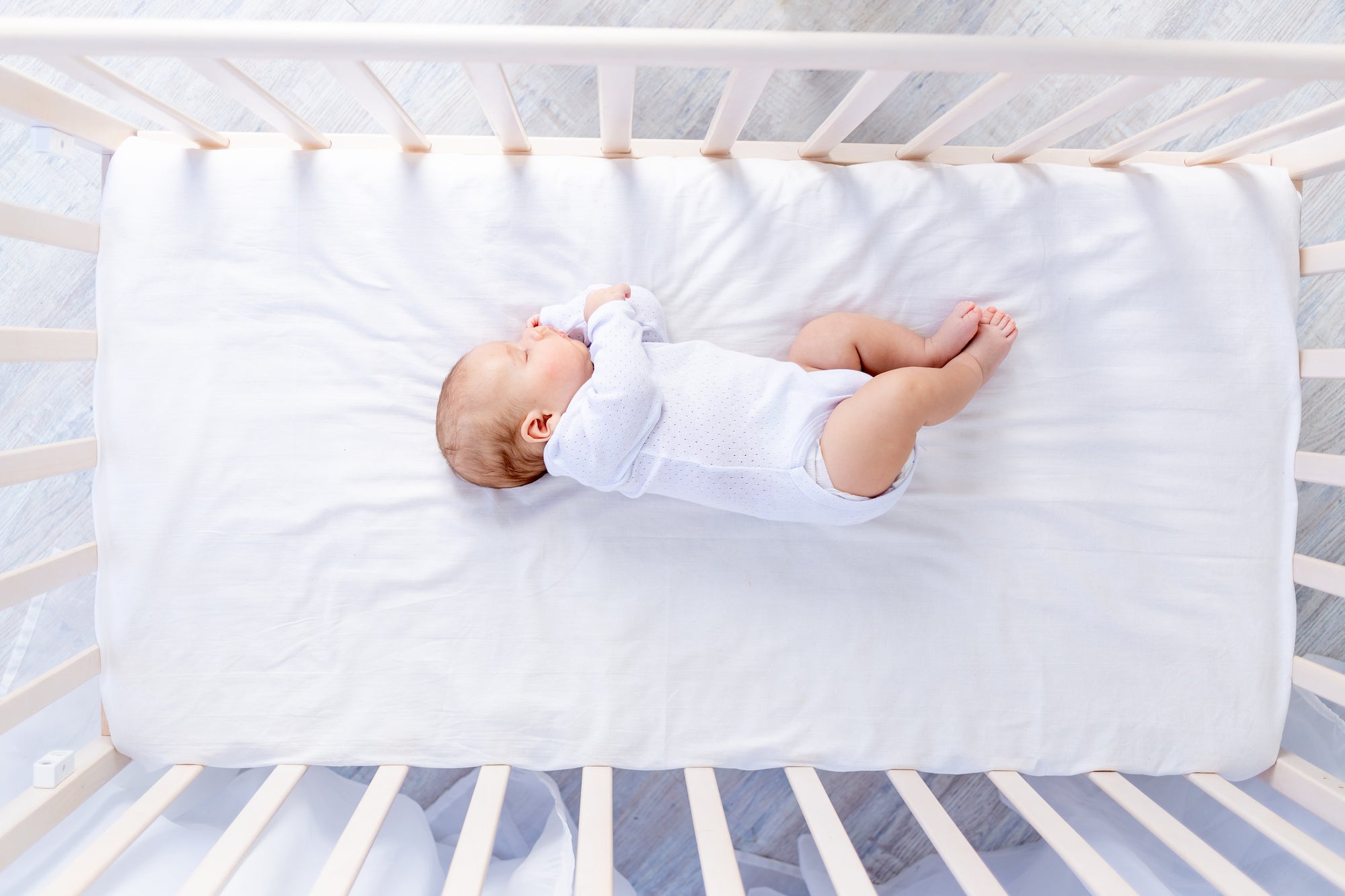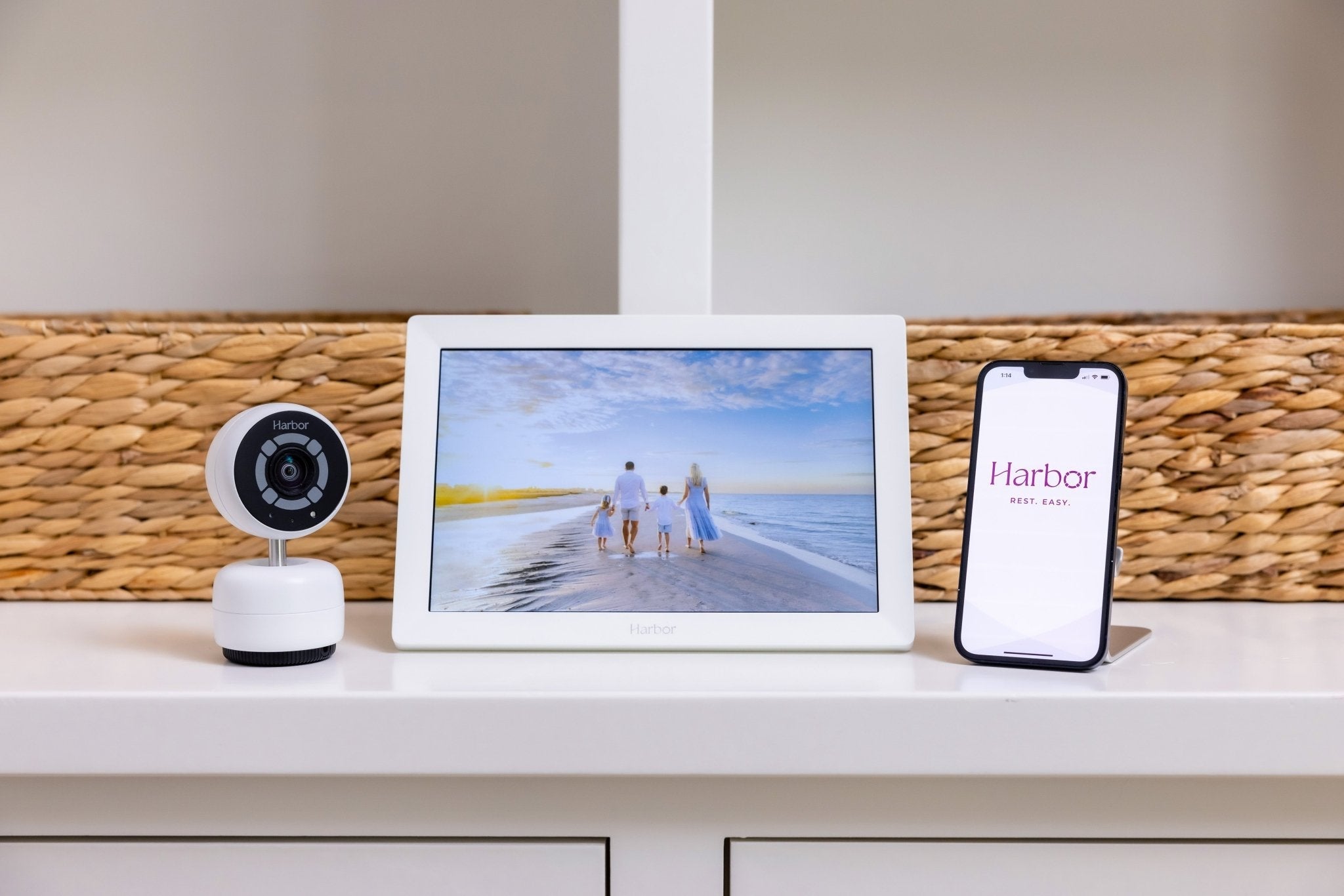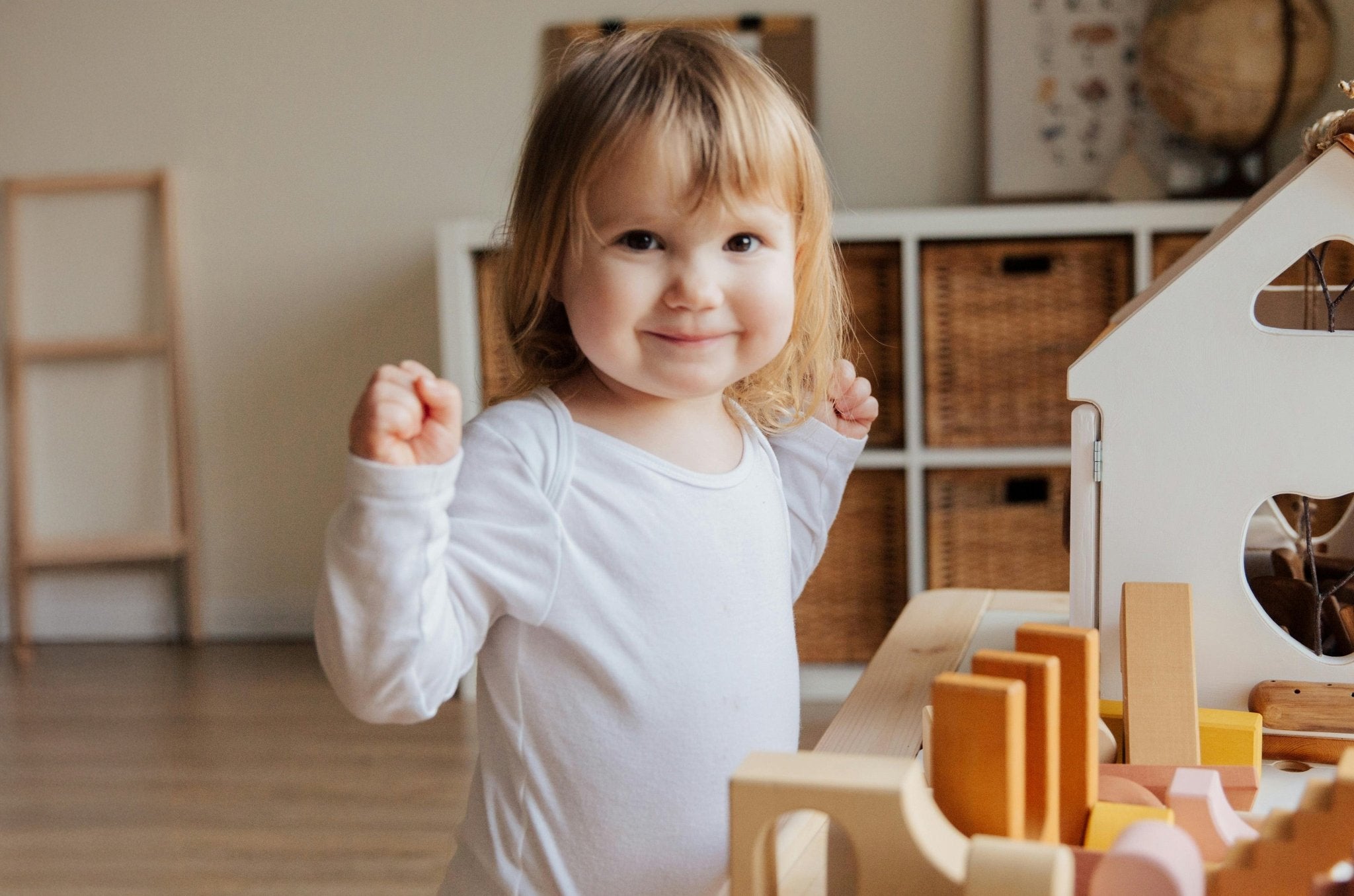
Understanding And Easing Separation Anxiety in Toddlers
Separation anxiety in children can emerge at any point from 8 months to three years, when they begin to grasp their independence. The intensity of separation anxiety can vary greatly—some children may briefly get upset when a parent is out of sight, while others may experience prolonged anxiety into their preschool years.
Developing a goodbye routine, staying consistent, and finding moments for micro-separation can all help you and your little one navigate this challenging phase with greater confidence and ease.
What is separation anxiety?
Separation anxiety marks a normal developmental stage wherein children feel distressed when separated from caregivers. It's a sign of a healthy attachment and a growing awareness of the world around them!
Recognizing the signs of separation anxiety can be the first step in helping your little one work through their worries. Keep an eye out for clinginess, tears, tantrums, and resistance to being away from you. Departures, like leaving for daycare or being dropped off at a relative’s house, can be a common trigger.
7 ways to navigate separation anxiety

Consistency is key
When it comes to sleep, emotions, and, yes, separation anxiety, our motto is “consistency is key.” However you choose to address your little one’s separation anxiety, stick to it like glue. Consistency helps your child adjust more easily and offers a sense of security.
Create a goodbye ritual
Creating a special goodbye routine can make transitions predictable and smoother. Try a hug, kiss, and reassuring phrase, being sure to keep it short and sweet. If you linger, so does the transition time, and so does their anxiety.
Lean into storytime
Use age-appropriate books or recount the day’s events as a bedtime story. Highlight the separations and reunions throughout the book or day as a means of reinforcing the idea of “coming back” and providing comfort and security for your little one.
Use comfort objects
Does your child have a favorite stuffed animal, blanket, or other comfort object? If not, now’s the perfect time to introduce one. A special toy can help them self-soothe during tough moments.
Practice being apart
With practice and repetition, your little one’s separation anxiety can lessen. Send them to grandma’s, line up playdates, and let friends step in to provide childcare, even if it’s only for an hour. Smaller moments of separation can act as a practice run for bigger moments, like school drop-offs.
You may also want to rehearse school drop-offs before the school year starts to help build trust and confidence in your child and show them what their routine will be.
Stay positive and remain calm
Your child learns from your cues. Staying upbeat during goodbyes and hellos shows them that separations are just short breaks. Verbal and physical reassurance goes a long way, too—let them know you’ll be back soon and offer hugs and kisses to prove it.
Ask for help
If your child’s separation anxiety persists and begins to disrupt their day-to-day routines, it might be time to call in a professional. Your pediatrician or a child psychologist can provide additional strategies and much-needed support for you and your little one.
